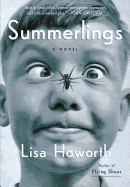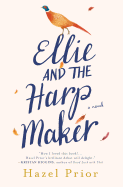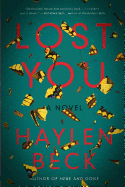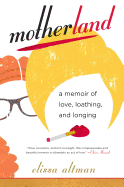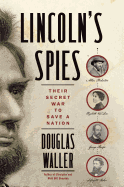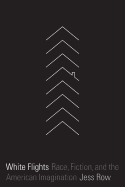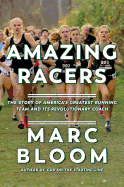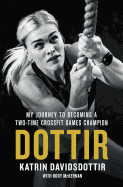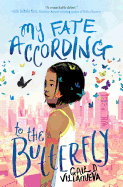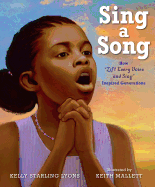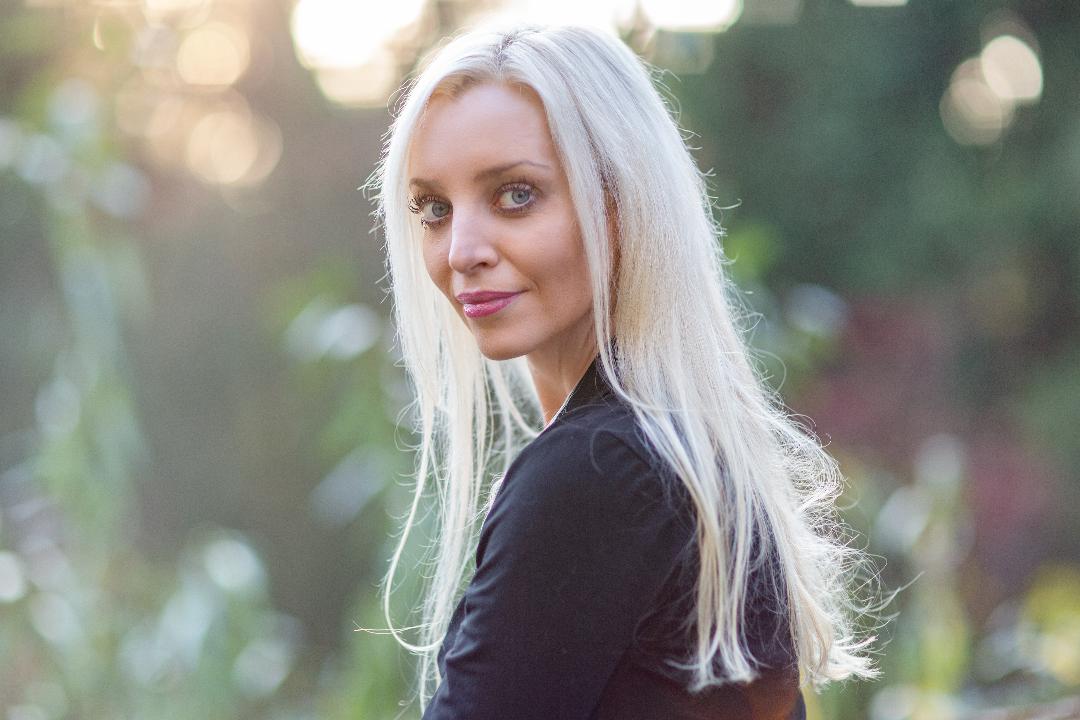 |
| photo: Laura Zimmerman |
Kira Jane Buxton's writing has appeared in the New York Times, NewYorker.com, McSweeney's and more. Her debut novel, Hollow Kingdom (coming from Grand Central in August 2019), follows S.T., a domesticated crow left to navigate Seattle after a mysterious contagion reduces what may be all of humanity to a zombie-like condition. Buxton lives with her husband and many pets in Seattle.
How did you decide that the main character of your book was going to be a domesticated crow?
I've been captivated by crows for as long as I can remember, wanting to write about them for years without knowing how. The more I studied them, the more I realized that I specifically wanted to write from their perspective--which made my writerly anxiety considerably worse! I then had an amazing experience. I was rescuing an injured crow as his/her murder (probably around 40 crows) watched my effort in hopeful silence, and it changed me.
I've since befriended two wild crows I spend time with every day. The female of the mated pair has inspired a lot of my crowtagonist's personality--she's sweet, clumsy as hell and has a wicked sense of humor. She comes when I call her, leaves me gifts and accompanies me on walks around the neighborhood. Where ravens are shy forest-dwellers, crows are cocky, confident and have adapted their lives to live right alongside us. It's been fascinating to explore their wonderful parallels to our own species (they're playful opportunists, devoted to their young and loquacious linguists with a predilection for junk food, to say the least).
The different animal species all have different ways of speaking. How did you settle on their various dialects?
I grew up in Asia and the Middle East, attending international schools where I was always surrounded by a gorgeous and eclectic display of dialects. Just like us, animals in different parts of the world have distinctive dialects, to the extent that you can actually identify where an animal is from by listening to it (think sperm whales with Caribbean accents).
I wanted to explore that in a lighthearted and fun way, as well as authentically capture how each character's voice and attitude came through for me. For example, Genghis Cat (a saucy tabby who is based upon my own cat) has a very particular elocution that might be recognizable to those who've been owned by a spicy feline. I was recently in New Orleans and noticed with great delight that the NOLA crows have a completely different dialect and pitch (higher and a little more nasal) than the crows of the Pacific Northwest (a gruff bunch!) My husband excitedly sent me videos of crows when he was in Japan and said, "They have a different accent!"
S.T. is one of the few animal characters that actively miss humans, even though Big Jim was not exactly the best of our species. What inspired Big Jim's character?
Big Jim was originally supposed to be a sweet little boy (Small Jim). When I sat down to write the first chapter, S.T.'s voice flowed like an old friend's and Big Jim rudely exploded on the page with neither my permission nor consent. This poor little boy never had a chance--he was immediately upstaged by a vociferous and opinionated electrician with a penchant for Pabst Blue Ribbon. And I hated Big Jim. I plotted my vengeance in that ghoulish way of writers (beyond removing his eyeball) but ultimately--another surprise--as I got to know him, I really fell for him. He's a tremendously flawed character who undergoes a metamorphosis as he emerges from his closed-minded cocoon. I think he is relatable for the hollow regret he feels and for trying to follow his big old heart. He tries to make amends and do the right thing, and that makes Big Jim so wonderfully and irrepressibly human.
There’s quite a bit of humor in the book, yet the apocalypse you depict is more than just a dark laugh. How do you balance the humor with the sadness, horror, melancholy, etc.?
Humor and hope are such wonderfully sweet antidotes for life's challenges. I love to play with genre and turn tropes on their head--perhaps that has to do with growing up as a third-culture kid and never really feeling that I fit squarely in many categories myself. Above almost anything else in life, I love to laugh. When I started researching what life would look like without us, I was tremendously worried about feeling depressed and discouraged.
What I discovered, however, is how refreshing it is to not be so anthropocentric in my thinking, to recognize how minuscule we are in the great scheme of things and how lucky that we get to be a part of this grand parade called life that will go on quite happily without our participation. It's an incredibly humbling and freeing shift in perspective to see humanity as a beautiful piece of the world instead of its sovereign. Evidently, the world does not revolve around us.
Among his many characteristics, S.T. can be somewhat self-loathing. Why did you decide to have S.T. follow a path from wanting to be a MoFo--S.T.'s term for humans--to self-acceptance?
S.T. is a crow who wants nothing more than to be human. His struggle with self-acceptance seemed a very human conundrum for him to face. His insides don't match his outsides, and I think many people feel some facet of that. It also opened a wonderful window into what it's like to experience the natural world after closing it off for so long. S.T. is able to show us not only the magnificence of the world around us as he sets off on his adventure, but also remind us of the best things about being human--all the reasons he so desperately wants to wake up with opposable thumbs and the creative mind of a MoFo. As humans, we necessarily evolved to be able to make quick judgements about things for our survival, but that doesn't always serve us on a personal level. S.T.'s plight might be relatable to those who have ever felt they don't fit in a particular box or identify as one single thing.
Every now and then you leave S.T. for a chapter from another animal's perspective. What did you want to accomplish with those chapters?
It was pure, electric joy to write those chapters. As the events of the book happen on a global scale, I wanted to see what that would look like, to experience it through the eyes of different species. I've been lucky enough to travel extensively in my life and I love every part of our planet I've seen. S.T. gives us a bird's eye view of what's happening in Seattle, but I wanted to know what would happen to, for example, a polar bear in Greenland. What's happening in Bangkok? What would a tree make of this?
I adore animals--all of them--and it gives me an incredible rush to research a particular species, then to think about what they might tell us, or what they might be trying to tell us if we'd only listen. Many of the animals in the novel are critically endangered. What an egregious travesty it would be to lose them. I hope we can look up and see that they are worth saving. --Hank Stephenson
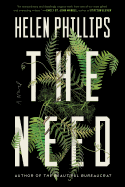 The Need by Helen Phillips (Simon & Schuster, $26) follows a mother determined to protect her two children from an intruder while their father is out of town on business. I can see why new parents might want to steer clear, but this eerie, mind-bending novel is too good to be ignored. Phillips writes with verve and acumen about maternal instincts, even when they go beyond the scope of reason.
The Need by Helen Phillips (Simon & Schuster, $26) follows a mother determined to protect her two children from an intruder while their father is out of town on business. I can see why new parents might want to steer clear, but this eerie, mind-bending novel is too good to be ignored. Phillips writes with verve and acumen about maternal instincts, even when they go beyond the scope of reason.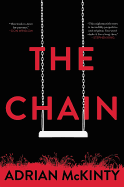 The Chain by Adrian McKinty (Mulholland, $28) imagines a chilling series of child abductions. When her 13-year-old daughter goes missing, Rachel Klein learns that the person who took her did so only to get her own kid back, and so Rachel must now do the same. I don't know why this is the sort of novel that comes to mind when talking to my friends--I really don't.
The Chain by Adrian McKinty (Mulholland, $28) imagines a chilling series of child abductions. When her 13-year-old daughter goes missing, Rachel Klein learns that the person who took her did so only to get her own kid back, and so Rachel must now do the same. I don't know why this is the sort of novel that comes to mind when talking to my friends--I really don't.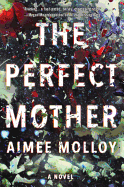 The Perfect Mother by Aimee Molloy (Harper Paperbacks, $16.99) is perhaps the lightest novel of the pack, which isn't saying much. The May Mothers are a cohort of women who gave birth in the same month. Several weeks later, they turn their infants over to partners and sitters and go out for some celebratory drinking. Everything is jolly until one baby turns up missing.
The Perfect Mother by Aimee Molloy (Harper Paperbacks, $16.99) is perhaps the lightest novel of the pack, which isn't saying much. The May Mothers are a cohort of women who gave birth in the same month. Several weeks later, they turn their infants over to partners and sitters and go out for some celebratory drinking. Everything is jolly until one baby turns up missing.






